Doing Montessori at Home with Your Baby (7 to 9 months)
by Anastasia Rehbein
opportunity
free
discover
stir up life
Let these words just sink in for a few moments as you think of your beautiful child. May I just remind that you and the world you create for your child is all they are going to know at this stage in their life?
I have some ideas to share with you in regards to implementing Montessori ideas at home with your seven to nine-month-old baby. Every smell, every touch, every word has potential to forever be engraved on their mind and soul. At the age of seven to nine months, baby gains a whole new perspective of the world by becoming more mobile and being able to cover and discover areas that were far from their reach before. We need to be respectful of their fascinations and new discoveries. It most certainly will be something simple from their environment – something they can safely bang, throw, bite.
1) Clothing needs to be comfortable and enable child with ability to move around without obstructions.
2) At this age, baby enjoys making music with simple, simple real musical instruments. This little xylophone was the most popular choice. So great for their developing hand-eye coordination.
3) Child’s day can be divided into segments, like story, music, outdoor time, time for independent play, time for sensory discoveries. Create a schedule that organically fits into your daily routine.
4) Soft balls and balls that are easy to grasp are usually baby’s favorite toys.
5) There is no need to stress about giving lessons.
Sometimes I have a feeling that when people think of implementing Montessori at home they imagine specious room with low shelves and cute wooden and cloth toys, and baby happily playing there all on their own. Well, prepared environment is what truly helps Montessori method to stand out from the rest. However, let’s be real for a second. How long does a baby actually like to spend in their room aka prepared environment?! If your little one is anything like mine, I can confidently say that a very small percentage of the day is dedicated to “activities” and Montessori work from the shelf. I honestly sometimes feel like at this age your baby is going though a sensitive period for destroying your very carefully prepared environment. Every single object ends up on the floor after 15 minutes of the child being in the room. And here is the thing. Montessori is not about it. It is about following the child. The world is so much bigger than a single room, even at this age.
The kitchen, for example, can be just as much fun..
Baby is learning about different textures and fruits as we are about to prepare a fruit salad with his sister. He loved tasting each fruit afterwords!
Simple language is given when presenting new objects.
The other day my now 13-month-old found a box of q-tips in the bathroom. All the content was on the floor in no time. Well, I just got out a metal cup for drying cutlery and sat next to him watching as he was using his little fingers to push q-tips through the holes. A couple hours later here he was smudging his little hands into cream and giving massage to his big sister. This is what Montessori is about for me. It is about introducing your little one to the real world of meaningful activities that are natural and engaging. It is about being with and for the baby, and knowing when to step in, step back, observe and guide. This is why I am in love with it.
I found the best teacher for child to be nature.
The baby uses so much concentration, every single sense in their body, to absorb smells, sounds and textures out there. One of our favorite outdoor times was when we took a picnic blanket outside and laid down under the trees watching wind playing with the branches and leaves. Also, babies get a great deal of motivation to start moving forward and learning to crawl when laying on the endge of the blanket and trying to reach grass, dirt or sand.
Around this period of a child’s development is when many parents include a weaning table and a chair in child’s environment. It usually all starts with a small shot glass with a teeny-weeny bit of water. The child learns to hold the glass and drink from it. The reason it is suggested to use glass is so the child could learn real life lessons – when glass cups fall – they usually break. I personally find that risk of child stepping on a broken glass far higher than consequence of using a plastic cup. My baby did learn to drink from a cup from very early age but we used a plastic lid from a baby bottle which resembled shape and size of a shot glass. It was easy to hold it with his little fingers and didn’t break when he used to launch it in the air every time after drinking before I could jump in and interfere.
1) Art and sensory experiences are very exciting for little ones at this age. We loved making goop with water left from boiling beetroot and corn flour, which is safe and fun.
 2) It is also a great idea to reuse tissue boxes. A nine-month-old enjoys placing something like small sensory bags you can make yourself, which are filled with various fillers and provide all sorts of touch experiences. You can use different types of fabric and fill them with something small, large, spiky, heavy and light. Baby can place them one at a time inside the box and take them out.
2) It is also a great idea to reuse tissue boxes. A nine-month-old enjoys placing something like small sensory bags you can make yourself, which are filled with various fillers and provide all sorts of touch experiences. You can use different types of fabric and fill them with something small, large, spiky, heavy and light. Baby can place them one at a time inside the box and take them out.
3) Different color scarfs provide a wide range of opportunities to engage in one-on-one interaction time like peek-a-boo games when you cover baby’s or your face and slowly slide the scarf down.
4) Usually around eight to nine months is when babies likes to pull themselves up. A pull-up bar next to the mirror is a perfect solution for that. My babies loved using their low sitting shelves to strengthen their arm muscles. (It is essential to make sure that all the pieces of loose furniture children can grub on and try to climb are safely attached to the wall.)
5) The baby may enjoy using Montessori Palmer Grasp Cylinder or another very simple shape puzzle.
Books and flash cards with simple words that reflect their environment is wonderful way to interact with the baby:
My First Touch & Feel Picture Cards
Around this time is when the baby was going through a sensitive period for throwing things, like balls, and learn to use his both hands to do so. A soft handmade ball presents the child with opportunities also to roll and kick the ball with their feet when sitting up.

A cloth ball is great for babies between seven to nine months because it normally doesn’t roll very far, and that encourages little ones to attempt crawling if they want to get them after they’re thrown. They also have little loops for you to tie colorful ribbons on and turn it into a fun sensory toy.
Also around this age is when I first arranged a sensory basket for my boy. I filled it with wood shavings, which were long enough for him to place in mouth safely without choking, and figure toys. It was definitely a favorite toy for creating a mess, but fun way to encourage my baby to find animals in the bin.


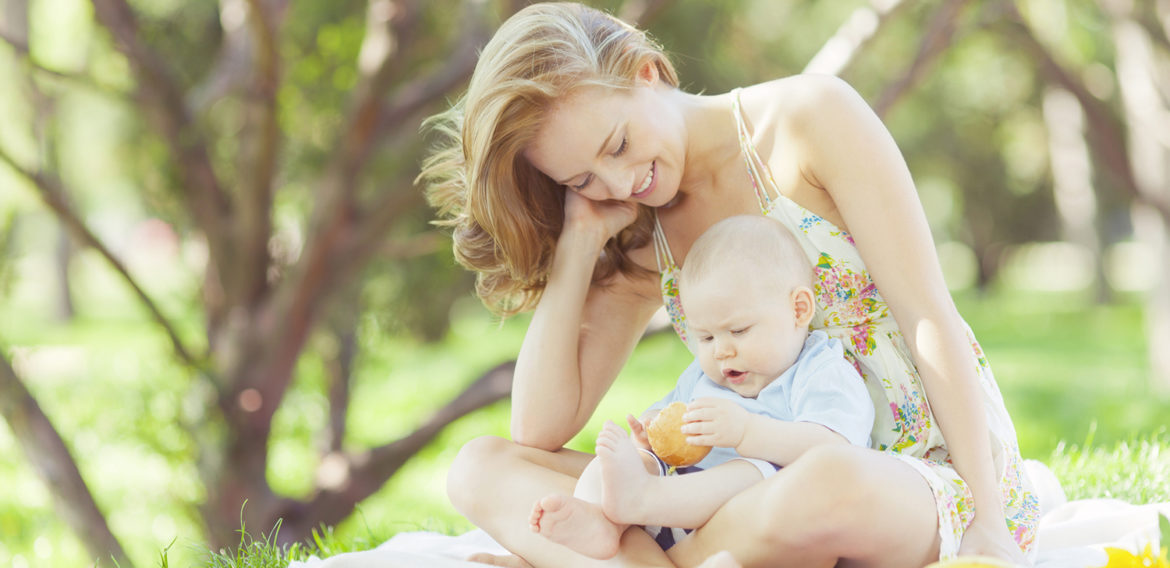







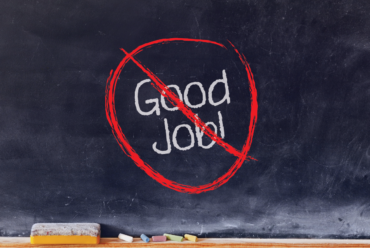
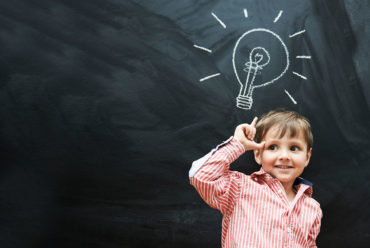
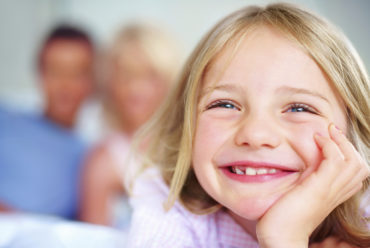


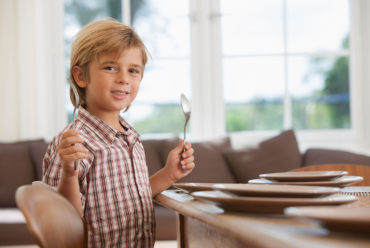
No Comments